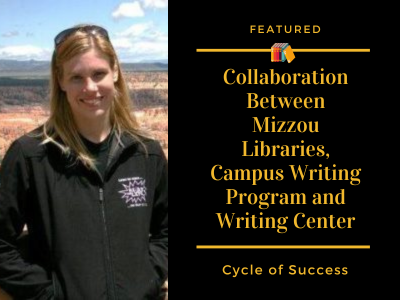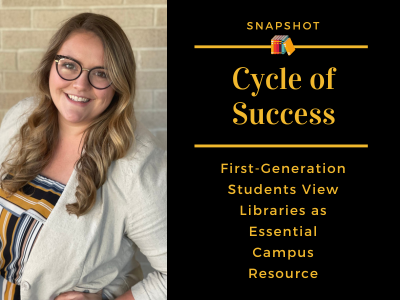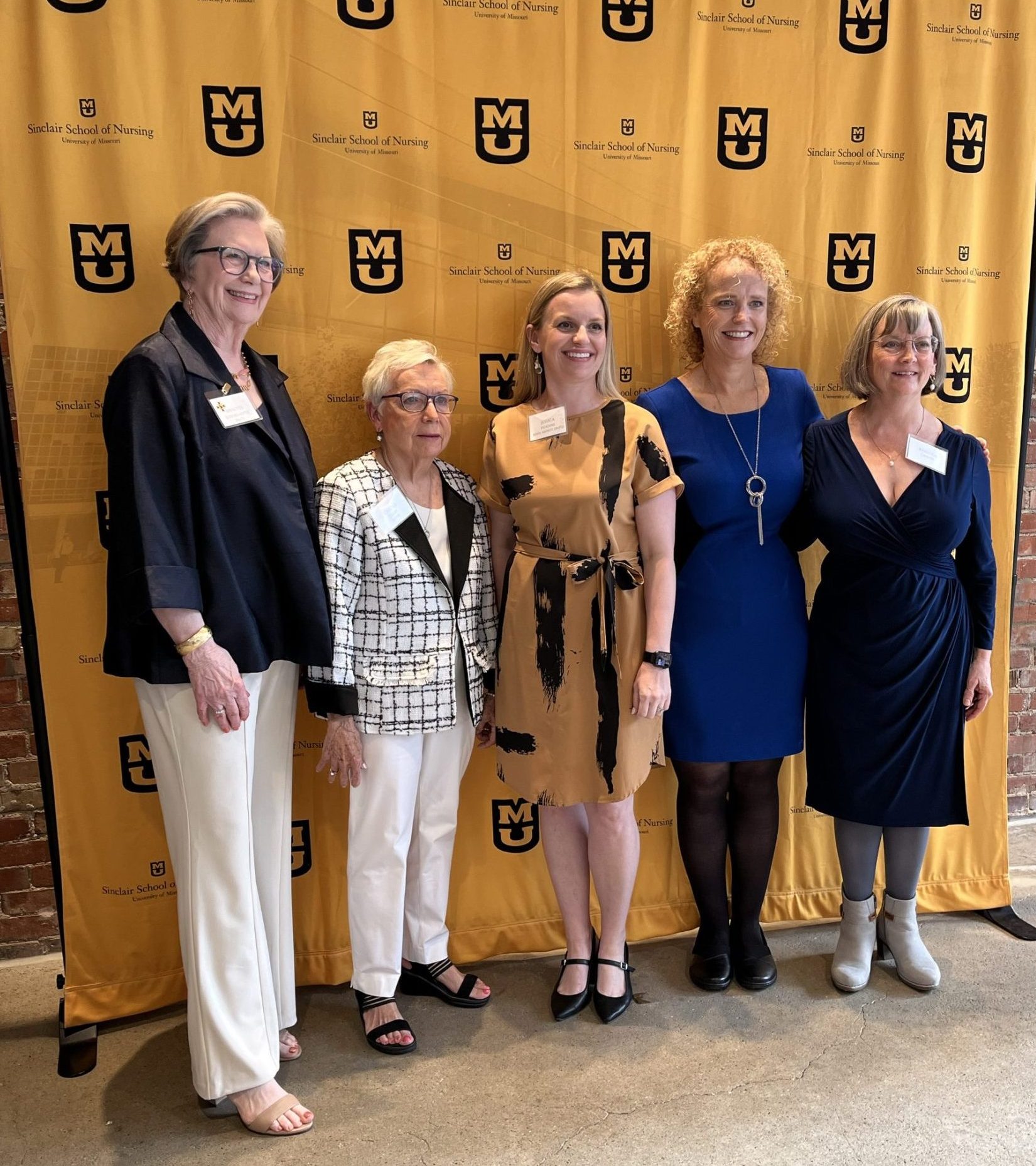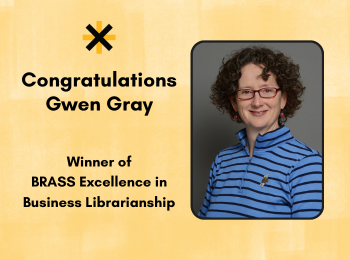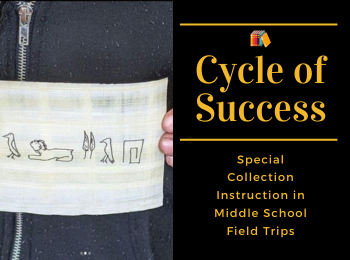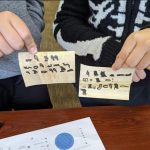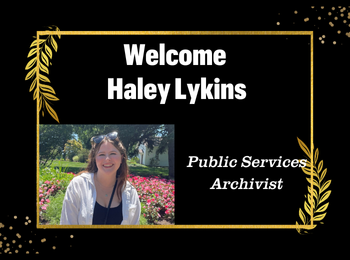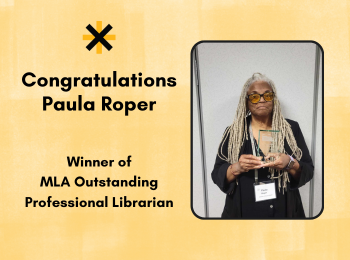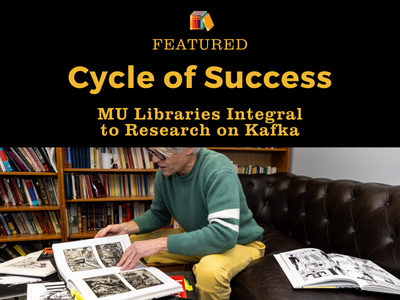Many graduate students find the research and writing process to be quite overwhelming. Responding to requests from international doctoral students for extra support in navigating academic writing, the Campus Writing Program (CWP) created the Learn & Write series in the fall of 2024. CWP joined with the Writing Center and Mizzou Libraries to offer a Learn & Write series for graduate students. Each writing session included a brief program specific to graduate and academic writing.
CWP Associate Director Christy Goldsmith had co-presented on literature reviews with Kimberly Moeller, the education and social sciences librarian at Mizzou Libraries, for over five years, so she asked Moeller to present in the Learn & Write series. Bailey Boyd, the assistant director for the Writing Center, felt that Moeller’s presentation stood out for its clarity and practical value, and she invited her to present again when the series evolved into GradsLearn. Moeller was also asked to speak at the January 2025 Dissertation Acceleration and Navigation Group, a week of focused and dedicated time designed to accelerate the dissertation writing process.
One of the standout moments in Moeller’s presentation was a detailed demonstration of Zotero. Seeing how the citation tool could automatically update references—even removing entries when in-text citations were deleted—was a game-changer. Learning to use Zotero can be a significant time-saver for graduate students juggling complex drafts and sources.
Boyd strongly encourages others to use the Mizzou Libraries’ support services. “If you haven’t worked with the Libraries yet, you should definitely reach out to your subject librarian,” she advised. “They’re not just there to help you find books—they can be real partners in your research process.”
Boyd also points to the Libraries’ website, which hosts a robust archive of past workshops and events. Whether students need help with citation management, organizing research, or finding scholarly resources, a wealth of knowledge is already available online.
Reflecting on her academic journey, Boyd credits the Libraries with playing a crucial role. While working on a Master’s thesis, her advisor recommended connecting with a subject librarian—a decision that transformed how she approached research. Since then, Boyd has strongly advocated the use of libraries. “They’re an essential part of the writing process. I’ve seen firsthand how much they can help, and I always recommend that other grad students make the most of what the Libraries have to offer.”
Goldsmith concurred with Boyd and said, “I have become so much more adept at source searching, management, and citation thanks to my partnership with Kimberly. It’s made my own research process so much smoother! We always have something to learn from librarians!”
